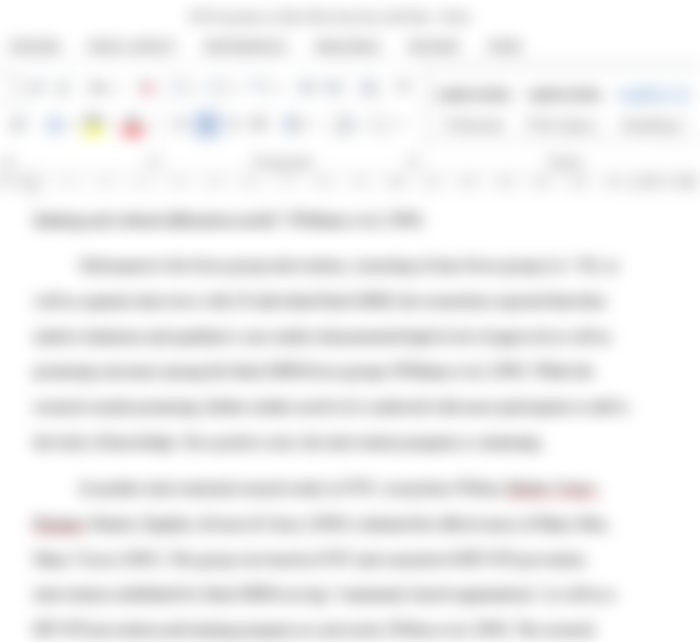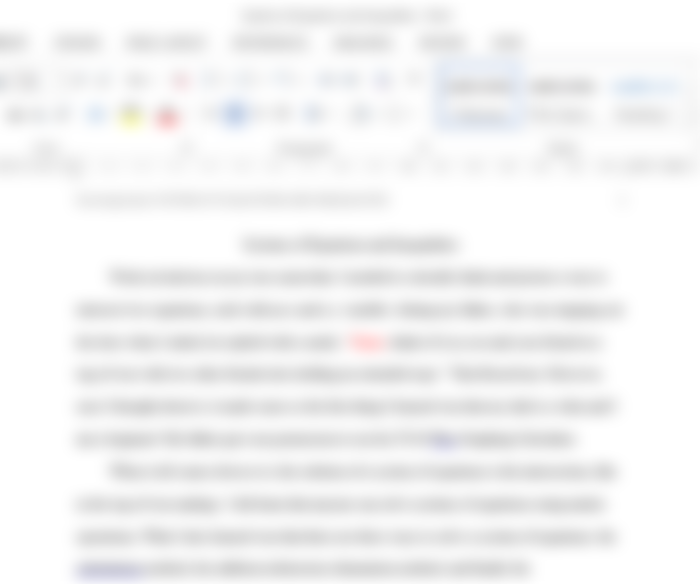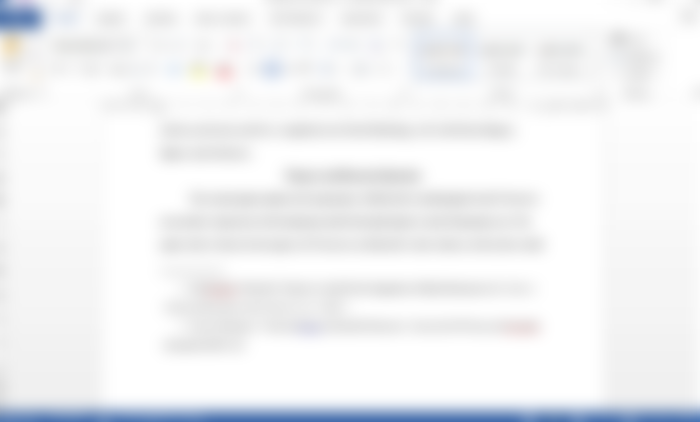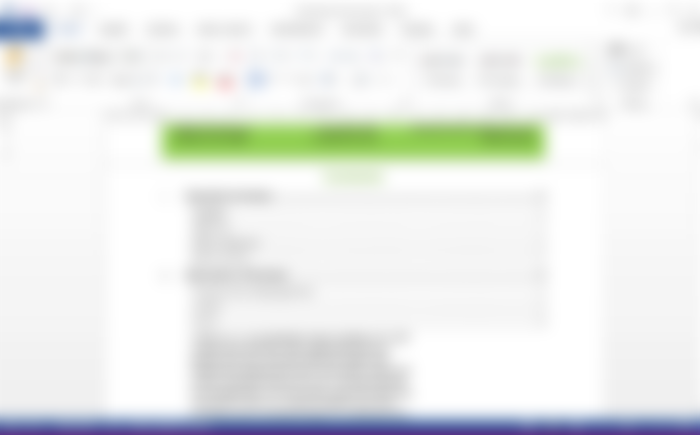Late start to read.cash today, as I awakened at a little past 4 a.m. with two academic papers to write before noon. I won't show you what I wrote, but I will show you examples of what I previously wrote during my university career. Hopefully this post will encourage you and moreover provide you with the knowledge and the impetus to write more effectively and scholarly.
Format types
The most common format in academic writing is the American Psychological Association (APA) style. APA style is used in psychology, sociology, nursing, anthropology, some historical, business, communications, engineering, and other related fields.
The second most used style in use is the Modern Language Association (MLA). This style is typically used in the arts and humanities, such as, well, an art class, history class, literature class, etc.
Equal to the MLA style in popularity is that of the Chicago Manual of Style (CMS), often referred to as Turabian. This requires superscripts and footnotes at the bottom of each page. Political and history papers fall under this style.
There is also the Harvard style and other oddballs that you won't likely encounter until you reach the doctorate level.
Word versus PDF
At any rate, unless you are writing an essay by hand, you will be asked to use Microsoft Word. Some professors then ask you to save and turn it in as a PDF version in case a vengeful student submits a virus-laden paper. Don't laugh - it happens.
Examples
APA
APA was the most common style I used in university as I completed my earlier degrees. I use it now for seminary classes when applicable.

Look at this essay on consumerism. Notice the font style. We always use Times New Roman 12 pt. font unless otherwise directed by the professor. Always use double space unless your professor states otherwise. You do this by going to Insert (top left corner), page, top, #3. This will place your page number on the top right of the paper all throughout the essay.
Note the in-text citation differences. When quoting or paraphrasing a(n) author(s), you must cite them or be guilty of plagiarism. Observe the differences in (Millennials, 2016) and Curtis (2012). It's a simple formality.

In this image (a discussion board post), observe a citation that has no date, marked as (n.d.). Also, since it is a personal reflection, the use of the first person is permissible. As a general rule, however, APA should not be used for personal pronouns. Also note the transition words: furthermore, inasmuch and even an author's name. Transition words are important for alerting your reader to the fact you're moving to another topic or paragraph.

Finally, note the citation in the text above. I had already mentioned the full names of the authors on a previous page, so thereafter I used (Williams et al, 2009). Nowadays one doesn't need to use the full names at the beginning of a new citation as in the Wilton citation (it's long). It sucks in a way because it can eat up some page count.
Math
Oftentimes, math essays will not have references unless asked for.

Notice it is written in the first person: "I needed to critically think...." Basically, this paper was just how I accomplished something. Total waste of time as far as I was concerned, but hey, that's life and university prof's.
MLA
Peep the MLA art paper. Most of the time you will just cite in text like in APA, though somewhat differently. For example: (Jones 12). That gives the reader the author and page number. Notice there is no comma. On your page of references you list at the top of the page: Works Cited. In APA it is References, in Chicago it is Bibliography (not underlined on the page, of course).

Notice the difference in this MLA paper. The professor was hard core on MLA, which at times uses footnotes. It's a pain in the neck just like Chicago style, but at least it eats up some page count. Woohoo!
Also, an added benefit with MLA is the ability to use Arial 12 pt. font. This eats up more space, but if you have to write a certain number of words as opposed to pages, it is no benefit.
Business plans
I still write business plans for U.S. clients and they pay very well. Banks insist on them, though rarely if ever get further than the executive summary and the financials.

Here you can see the different fonts for the headings and the content. Also notice the writing is single spaced rather than double spaced. This provides a lender with a terse summary of what your business name is and what it plans to do.

Now look. We have to have a table of contents (TOC) for the prospective lender.

Finally, the financials are the most difficult part to compute and write about, but these are typically what a lender wants to see. If you fudge them, they will know something isn't on the up and up.
The End?
Don't freak out when you are asked to write an academic paper With practice and quick thinking, I can knock out a 10-page paper in a day and make $170 minimum.
Use an outline to go by until you're able to formulate them in your head like I and others do.

Proper spelling and grammar is a must. When you graduate, do not think your writing days are over by any means. Business reports, memos, press releases, writing new resumes, manuals, and other things will eventually arise, so hone your craft while at your university. Good luck!
ALL images are mine except for the graduation picture.









It is an inspiring and useful useful post thanks for sharing